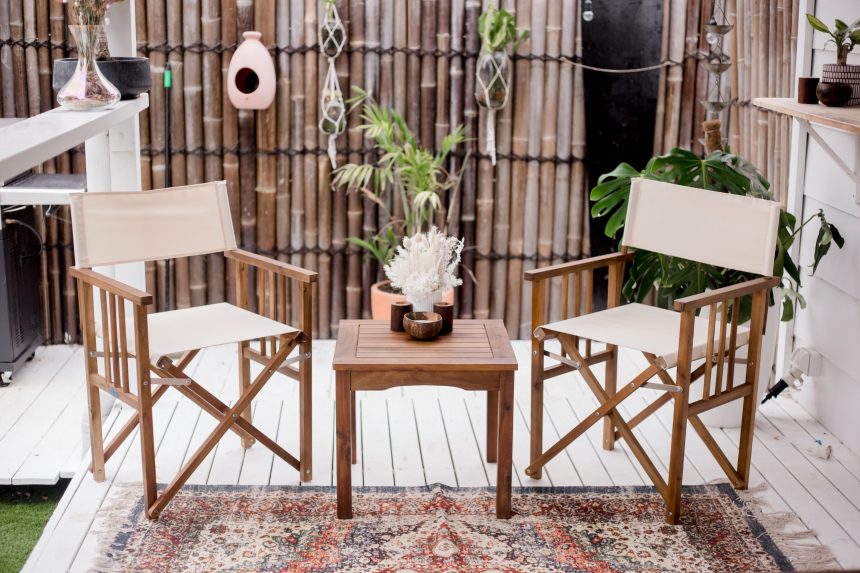Sustainable materials: There will be a continued emphasis on using environmentally sustainable materials such as bamboo, recycled plastic, and reclaimed wood.
Biodegradable materials: Expect to see more furniture made from biodegradable materials such as organic cotton, hemp, and wool.
Low-emission finishes: Furniture manufacturers will increasingly use low-emission finishes such as water-based paints and varnishes, which are less harmful to the environment.
Minimalist designs: Minimalist designs will continue to be popular in eco-friendly furniture, with clean lines, simple shapes, and muted colors.
Modular and multifunctional furniture: Modular and multifunctional furniture will become even more popular in 2023, as it allows for flexibility and reduces waste.
Upcycling: Furniture made from upcycled materials, such as old pallets or shipping containers, will continue to grow in popularity.
Circular design: The circular design approach, which involves designing furniture that can be easily disassembled and recycled, will gain traction in 2023.
Local production: More furniture manufacturers will focus on producing locally to reduce carbon emissions from transportation.
Second-hand furniture: The trend of buying and selling second-hand furniture will continue to grow, reducing waste and the need for new production.
Eco-friendly certifications: Consumers will look for eco-friendly certifications, such as FSC (Forest Stewardship Council) and GREENGUARD, when shopping for furniture, to ensure the product meets environmental standards.


Leave a Reply